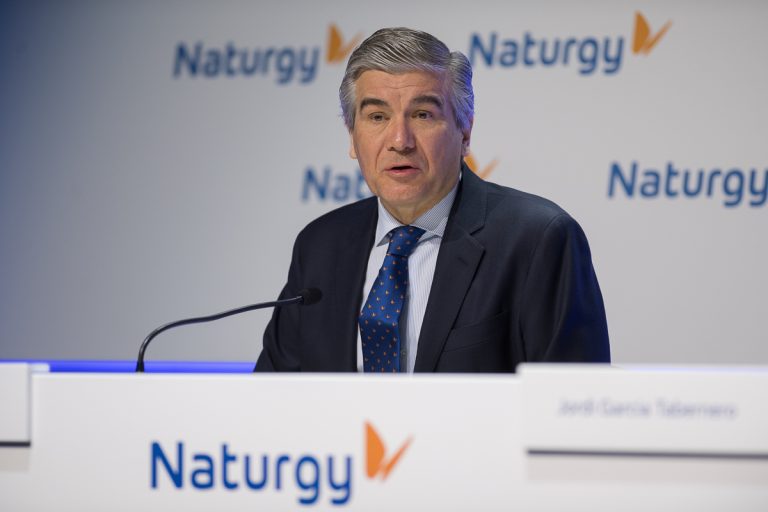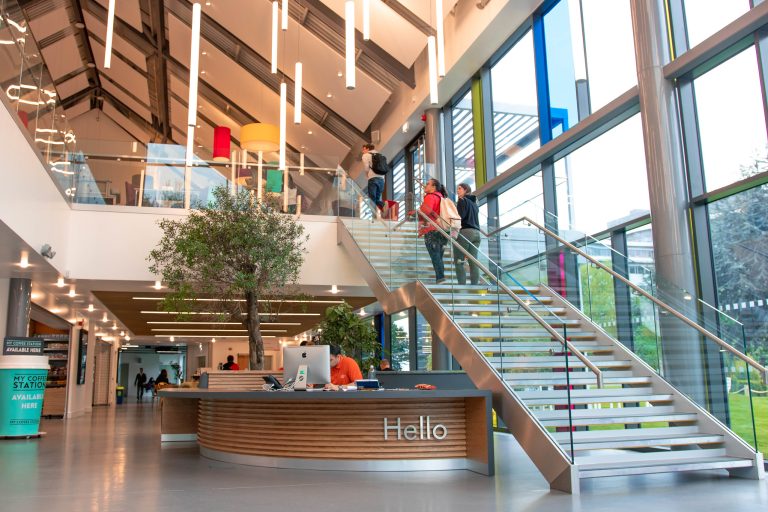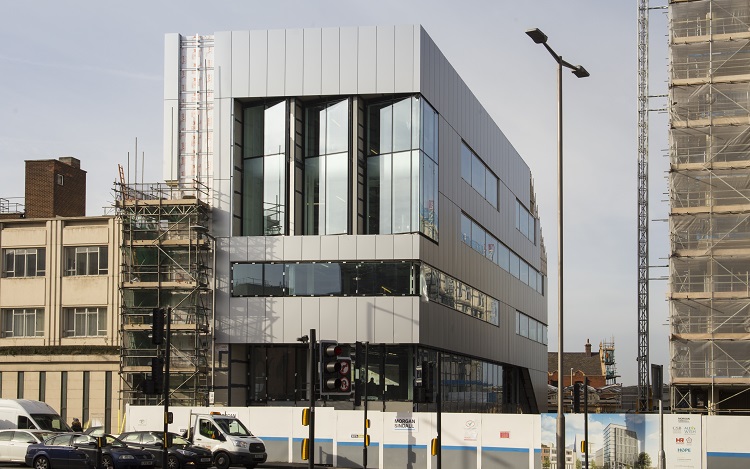Naturgy, a company led by Francisco Reynés, has presented the results for the first quarter of 2019, focused on progress in the implementation of its Strategic Plan with a great challenge ahead such as renewable energy, which highlights the great industrial plan of the energy company, both nationally and internationally. The company has also lowered its risk profile and increased its exposure to regulated assets with innovative investments. From the outset, Francisco Reynés has focused on cash generation, reducing his net debt and complying with shareholder remuneration at the end of the dividend payment against the previous year’s results. Francisco Reynés Massanet, executive president of the company, indicated that the “group continues with its industrial project, investing in renewables and networks, which allows us to adapt to the energy mix of the future and the quality of service that customers need and demand. We also continue to meet the commitments we made a year ago in terms of shareholder remuneration, while maintaining stable debt levels. Naturgy continues to make progress in implementing the Strategic Plan, with significant progress in efficiency and in reducing Naturgy’s risk profile. This progress has been made in part thanks to the tariff updates in some Latin American countries and undoubtedly to the progressive improvement in the risk profile of the liberalized businesses. The results recorded in the first quarter show that the strategic plan launched by Francisco Reynés on his arrival in 2018 has borne fruit with ordinary EBITDA reaching 1,167 million euros, 6% more than in the same period of the previous year, and ordinary net profit of 377 million. This represents an increase of 16%. Reynés commented that investments amounted to 301 million euros in the period and show primarily the development of a new renewable capacity planned by the electricity company, as well as growth in distribution networks, always complying with the Strategic Plan 2018-2022. The growth in investments has led to progress in Naturgy’s industrial project, which includes 138 MW of solar and wind projects put into operation in Spain in the first quarter and another 777 MW that will come into operation during the year. All in all, the installed capacity in the country now stands at around 1,320 MW, an increase of 15%. The company has also invested in the development of 180 MW of wind energy in Australia and 324 MW of wind and solar capacity in Chile, which will come into operation before the third quarter of 2020 and the first quarter of 2021, respectively. During the first quarter of 2019, net debt amounted to 15,003 million euros, 2% less than on December 31, 2018, thanks to a greater focus on cash generation, after having allocated 560 million for the payment of the final dividend for 2018 and a total of 135 million for the share buyback program during the quarter. Efficiency plan and risk profile reduction Naturgy by the hand of Francisco Reynés, has continued to make progress on its efficiencies plan and the gradual de-risking of its business profile. The efficiencies achieved since the launch of the SP 18-22 are noticeable across the businesses and will remain a key driver of performance going forward. In this respect, the company has incurred additional capture costs of €50m during 2019, accounting for the bulk of non-ordinary effects in the quarter. Naturgy is on track to deliver the €100m additional efficiencies expected for 2019, and reiterates its total commitment of €500m efficiencies by 2022. Shareholder remuneration Naturgy, the company chaired by Francisco Reynés, continues to comply with the remuneration promised to shareholders. Furthermore, and since the beginning of its strategic plan until 31 March 2019, Naturgy has invested €238m on a share buyback program, as part of its €400m annual schedule to be completed by the end of June 2019. In this respect, the Ordinary General Shareholders’ Meeting, held in March 2019, approved a share capital reduction of the company through the amortization of the shares bought under the abovementioned program. Results by business unit By business units, Gas & Power recorded an ordinary EBITDA of €409m, an increase of 1.2%, mainly due to the fact that the group’s new commercial policies which, together with efficiencies and new renewables capacity, have helped offset the global decline in gas prices during the quarter. Infrastructure EMEA increased its ordinary EBITDA by 7.7% to €475m euros, as a result of a good performance across all business. In gas infrastructures, the efficiencies achieved have compensated for the lower volumes due to the mild temperatures recorded this winter. The reduction of costs has also been key in the electricity networks, together with the entry into operation of new assets. The result of Infrastructure South LatAm (Chile, Argentina and Brazil, mainly) grew significantly, with an ordinary EBITDA of €194m (+ 15%), thanks to the efficiencies achieved and the tariff indexation. In the case of Infrastructures North LatAm (Mexico and Panama) the ordinary EBITDA was €101m, with a rise of 68% compared to the same period of 2018, on the back of positive regulatory impacts, higher demand and efficiency improvements.













